BLOG/Design
6 Ecommerce Design Trends to Embrace in 2018
Written By: Scott Smith, Design Director at Digital Operative
The world of design is getting ready to take a turn; 2018 is the year we will see an evolution involving the reemergence of old trends, the perfecting of current trends, and the introduction of tools that, until recently, we didn’t know existed. This evolution will lead to more seamless and immersive customer experiences in ecommerce.
Check out these six ecommerce design trends that will help you start 2018 on your most creative path to success.
1) Mobile First Design
People now carry highly personalized miniature computers that can connect to the internet from almost anywhere in the world. (SIDE NOTE: Stop calling them phones. They are as much mobile phones as laptops are mobile typewriters.) The number of people browsing and purchasing from their “personalized miniature computers” is steadily increasing, and it is the responsibility of designers to make the mobile shopping experience as smooth as desktop, with approximately 20x less space to do it in. But think of this as a blessing; we now have to take a very deep look at what is truly important and useful to the user as we work to fully understand their flow through the digital experience.
Example:
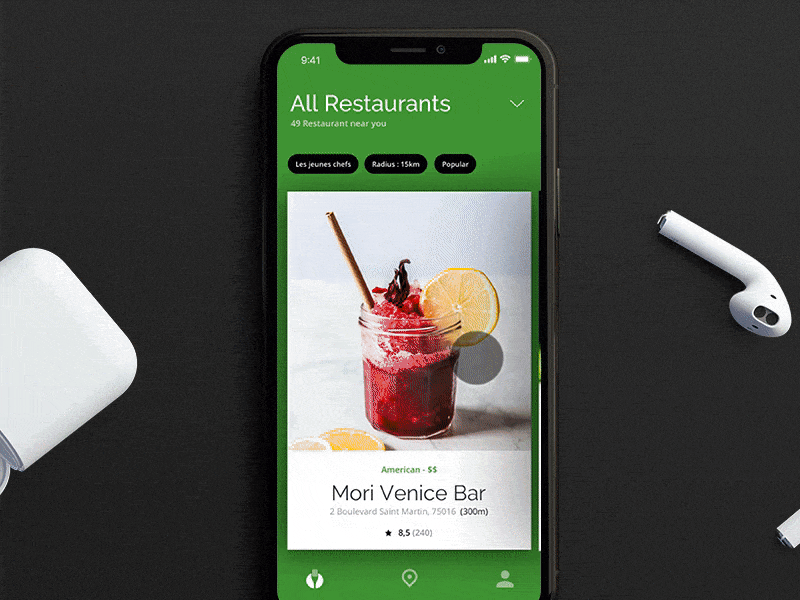 Image credits: The Fork by Barthelemy Chalvet for AgenceMe
Image credits: The Fork by Barthelemy Chalvet for AgenceMe
2) Authentic Imagery
Rooted deep in our brains is the ability to tell when something is out of place or when someone is being untruthful or “inauthentic”. Throughout 2018, it will be crucial for ecommerce designers and photographers to be outside “getting their hands dirty”. Authentic imagery speaks the truth about situations; it’s going to be less about setting up shots and more about capturing honest moments. The authenticity of these images will bring human qualities to the brand and build trust with users.
Examples:
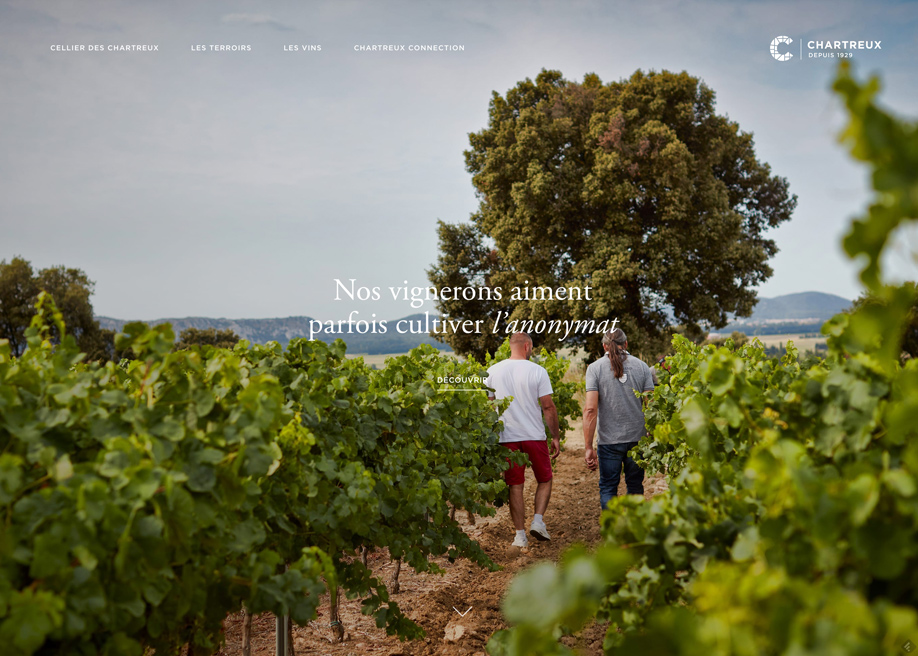 Image credits: Cellier des Chartreux
Image credits: Cellier des Chartreux
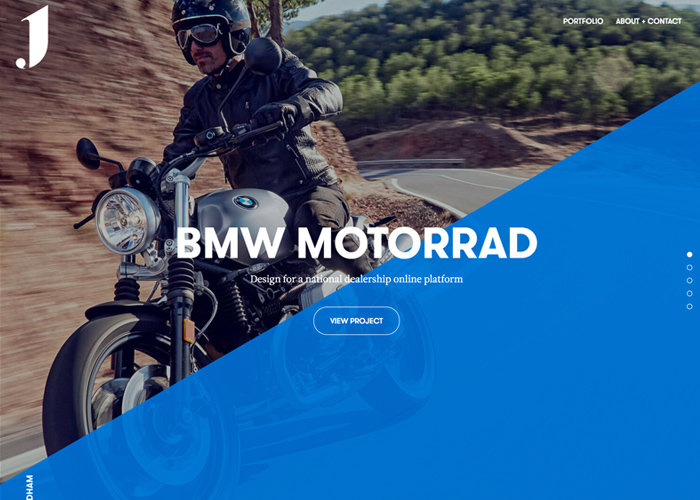 Image credits: Joe Wyndham
Image credits: Joe Wyndham
3) Gradients and Experimental Color Palettes
The age of flat design is over… Well, maybe not over, but we are about to see more designers using gradients to enhance flat design. With the continuous improvement of monitors and the undeniable demise of print, gradients are now richer and more complex. Most often, we will see them used as overlays on images to convey a certain feeling and mood.
Along with gradients come experimental color palettes. Throw out the strict color theory doctrine that was implanted in our heads in design school; we know what is safe and enjoyable, now let’s find out what is pleasantly uncomfortable or downright charmingly annoying.
Examples:
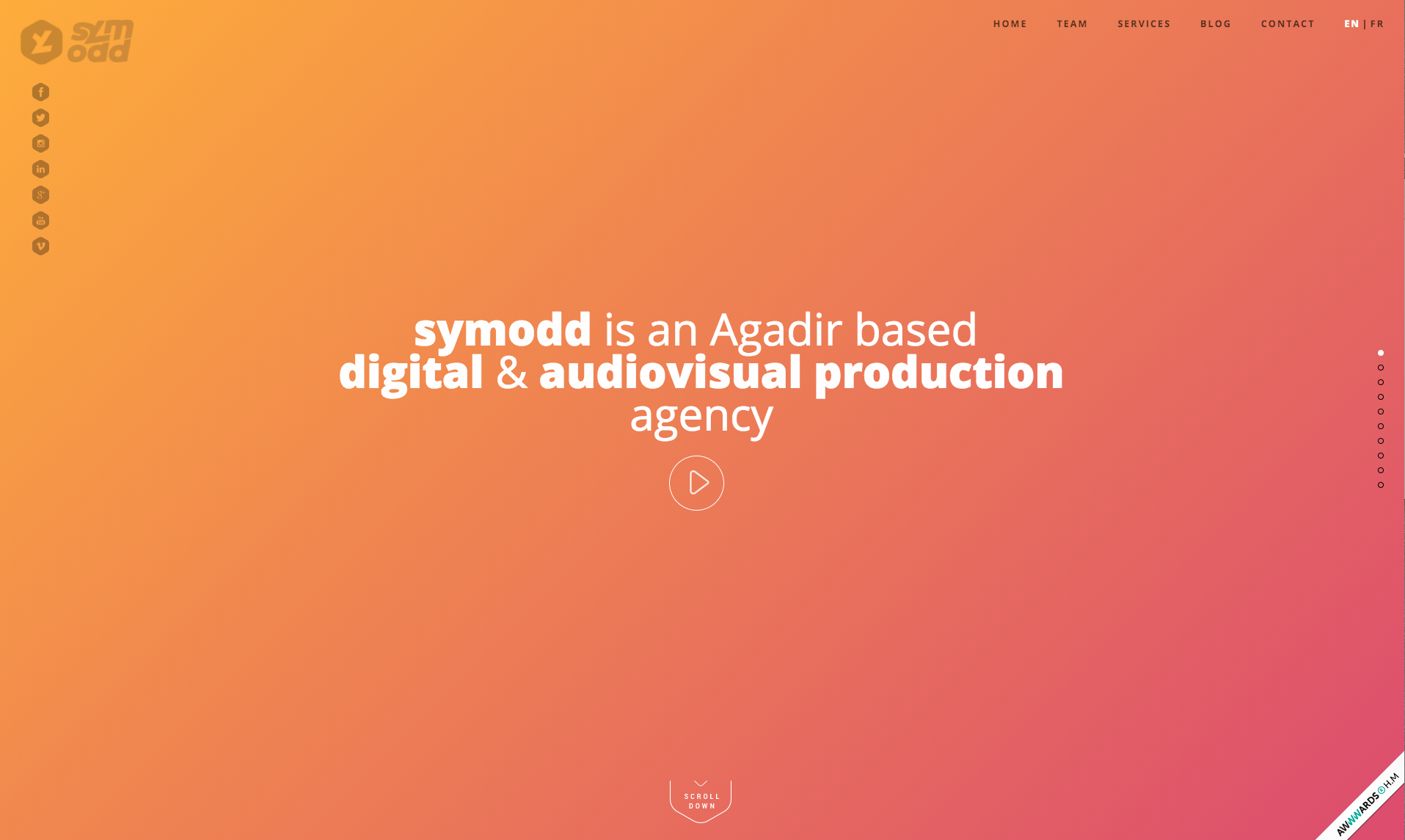 Image credits: Symodd
Image credits: Symodd
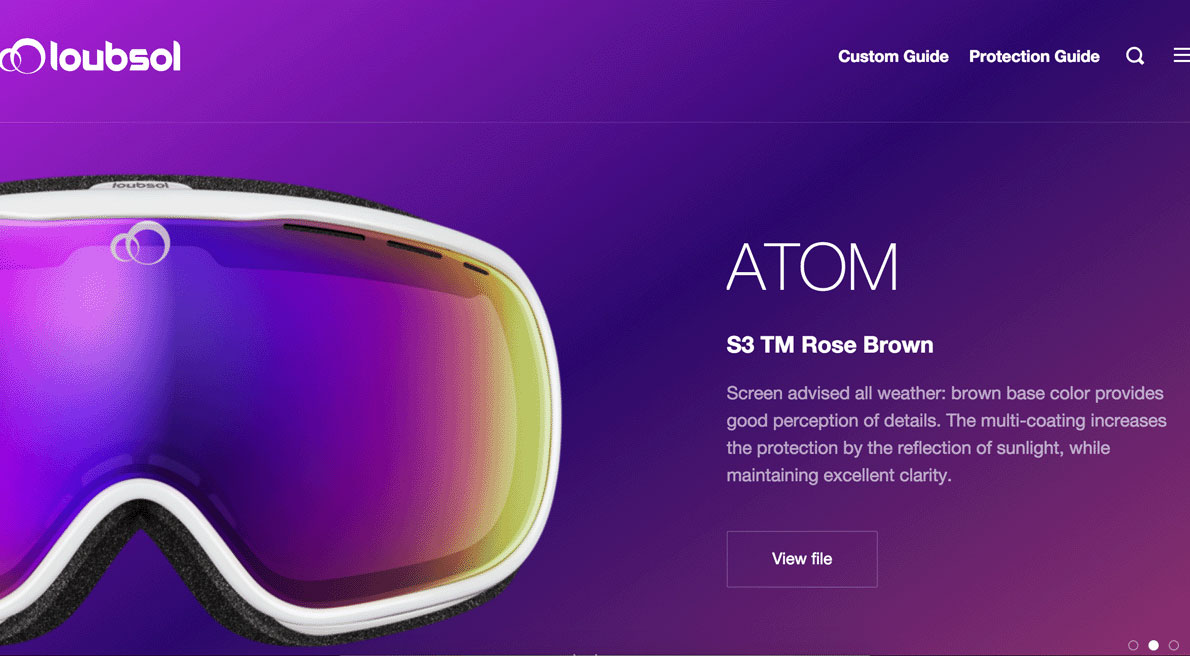 Image credits: Loubsol
Image credits: Loubsol
4) AR and VR in Ecommerce
Get ready, because you are going to be hearing a lot from these two. Augmented reality (AR) and virtual reality (VR) are going to be invaluable for many ecommerce brands. Their potential for enhancing experiences, product education, and even “way-finding” is incredibly exciting. As one example, IKEA has already invested in an augmented reality app that allows the user to digitally place furniture or even entire kitchens into their space. Here is an article from Wired on IKEA’s new app: https://www.wired.com/story/ikea-place-ar-kit-augmented-reality/
Unfortunately, as with many new things, they are also going to be the square peg jammed into as many round holes as possible. We will see many painful and pointless applications of AR and VR. As designers, we have to make sure that our decision to use AR or VR strengthens our message and isn’t just the “cool new thing”.
Example:
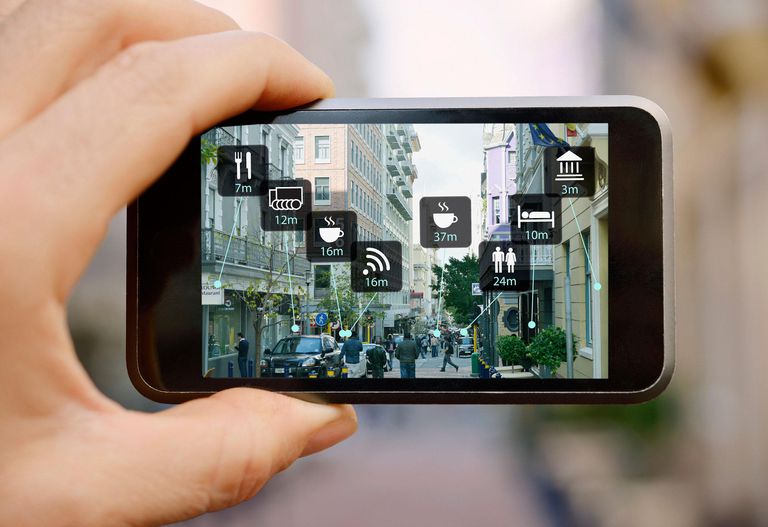 Image Credits: David Malan, Getty Images
Image Credits: David Malan, Getty Images
5) Functional Prototypes
Clients LOVE clicking buttons. Functional prototypes are becoming much more important when creating engaging digital ecommerce experiences. Programs like InVision Studio and Adobe XD can make creating realistic prototypes quick and easy, and this process of building out functional prototypes is essential in understanding user flow while helping you create a seamless shopping experience.
Example:
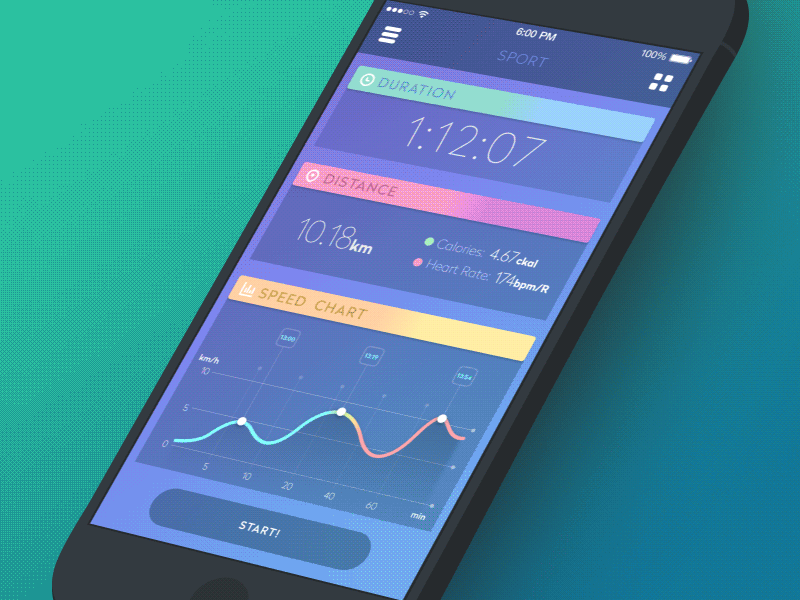 Image Credits: Tubik Studio
Image Credits: Tubik Studio
6) Micro Interactions = Major Personality
The power of subtle motion will allow the personality of a website, and essentially the company, to be present in more than just white space and font choices. These personality traits can now be strengthened with subtle interactions throughout the website. The way images load, the hover effects, parallaxing, and even helping users better understand the transitions between pages can all be used to solidify a brand’s personality. As you can imagine, different companies with different values should have drastically different actions; for example, the actions for a website for a yoga studio are going to deviate substantially from those for Monster energy drinks.
Examples:
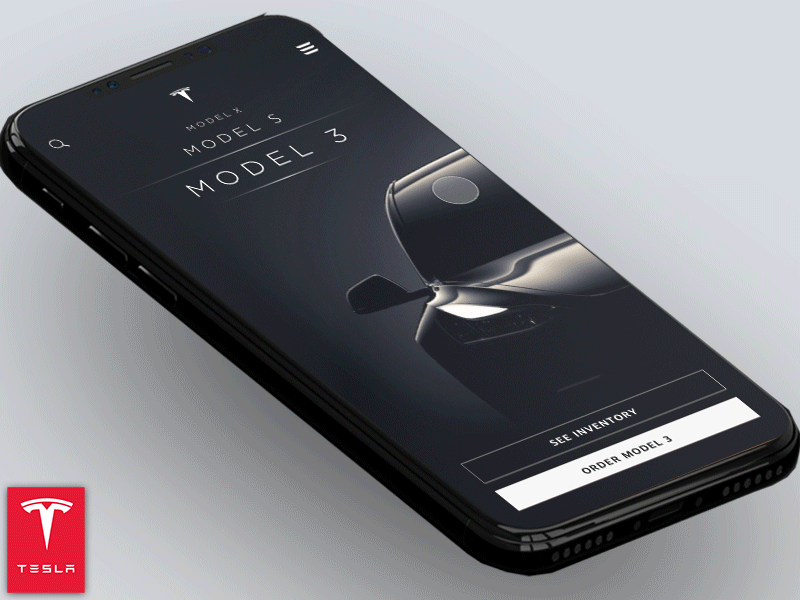 Image Credits: Tesla Mobil App by Deniz Kurtcepe
Image Credits: Tesla Mobil App by Deniz Kurtcepe
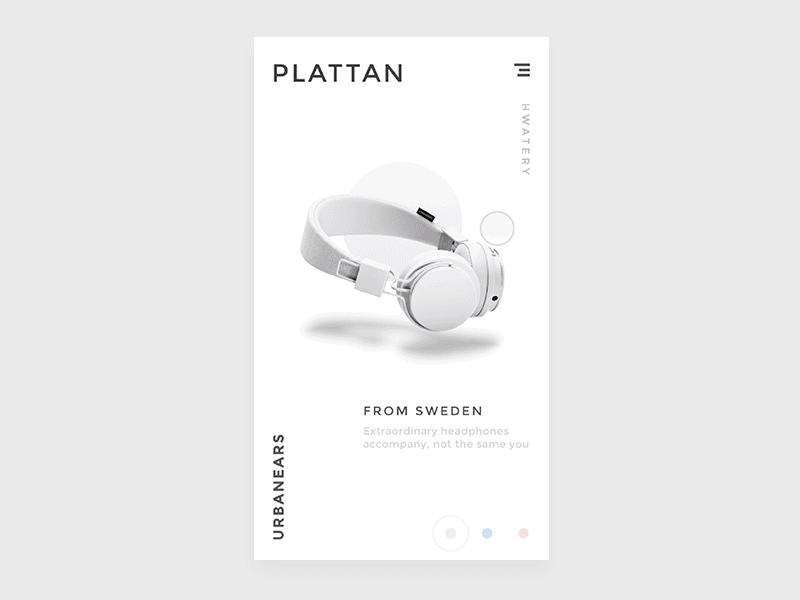 Image Credits: Urbanears Headphones by Hwatery for New Beee
Image Credits: Urbanears Headphones by Hwatery for New Beee
In Conclusion
From a design perspective, 2018 will be an interesting, exciting, and challenging year. There are more design avenues we need to utilize and take advantage of in order to stay relevant and keep up with the competition. Overall, 2018 will be a large step forward on the path to fully immersive digital experiences. Customers will be able to digitally try goods out anywhere before they buy them, brands will become more human, and digital experiences will become more seamless.
Interested in hearing more? Check out some of the ways we're putting these trends to the test! Follow us on Instagram to see how we're walking the talk @digitaloperative, or contact us to learn more about our ecommerce design services!
More from the
DO Blog

Designing & Building Product Finder Quizzes for eCommer...
Strategy & Planning / December 23, 2020
View Blog Post
3 Customer Motivation Strategies to Improve Your eCommerce i...
Strategy & Planning / July 27, 2020
View Blog Post
